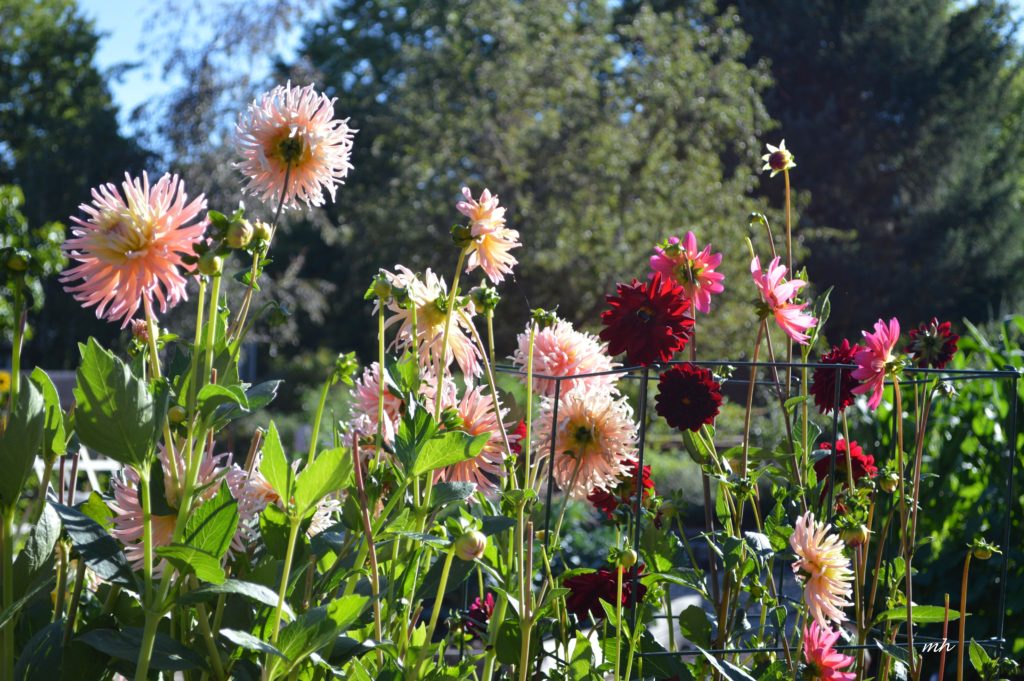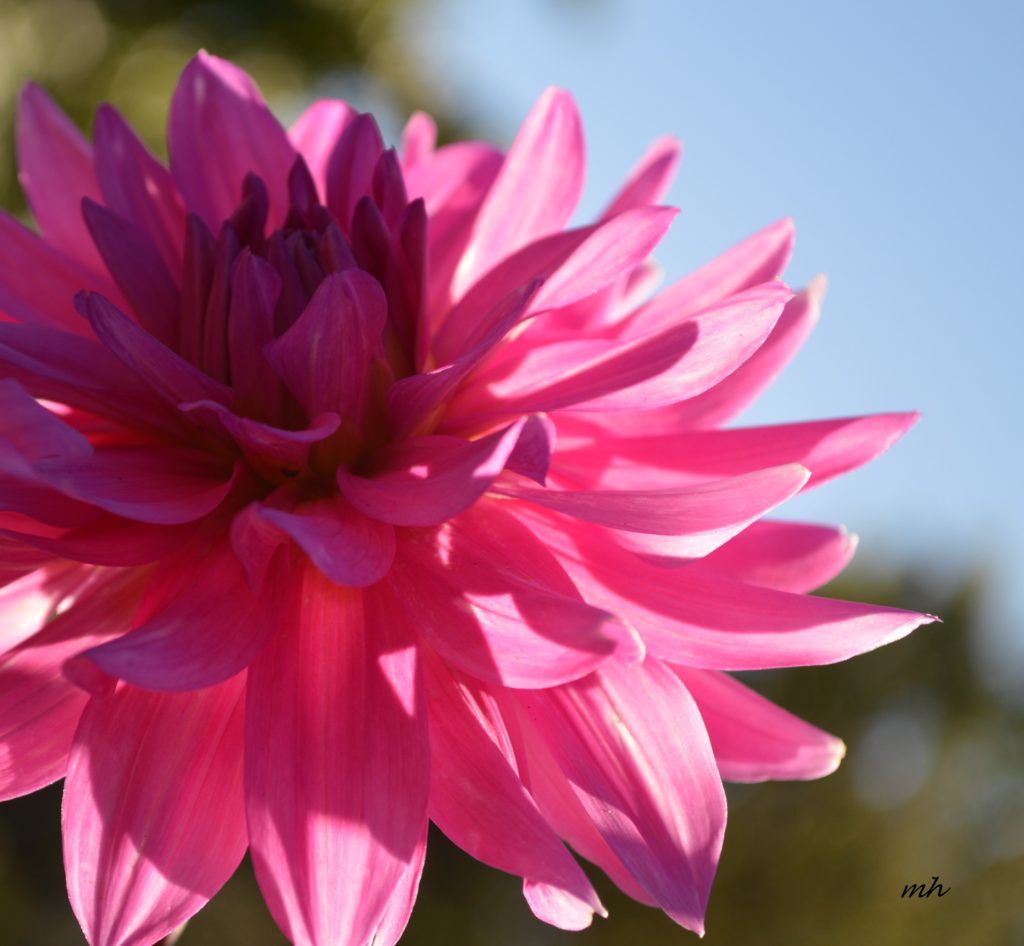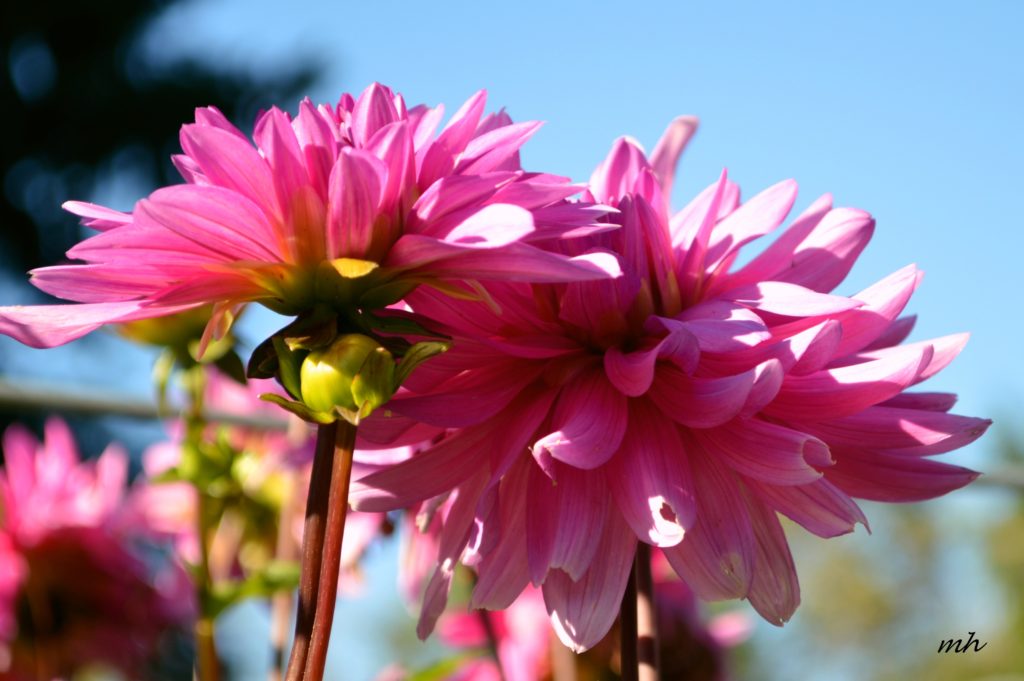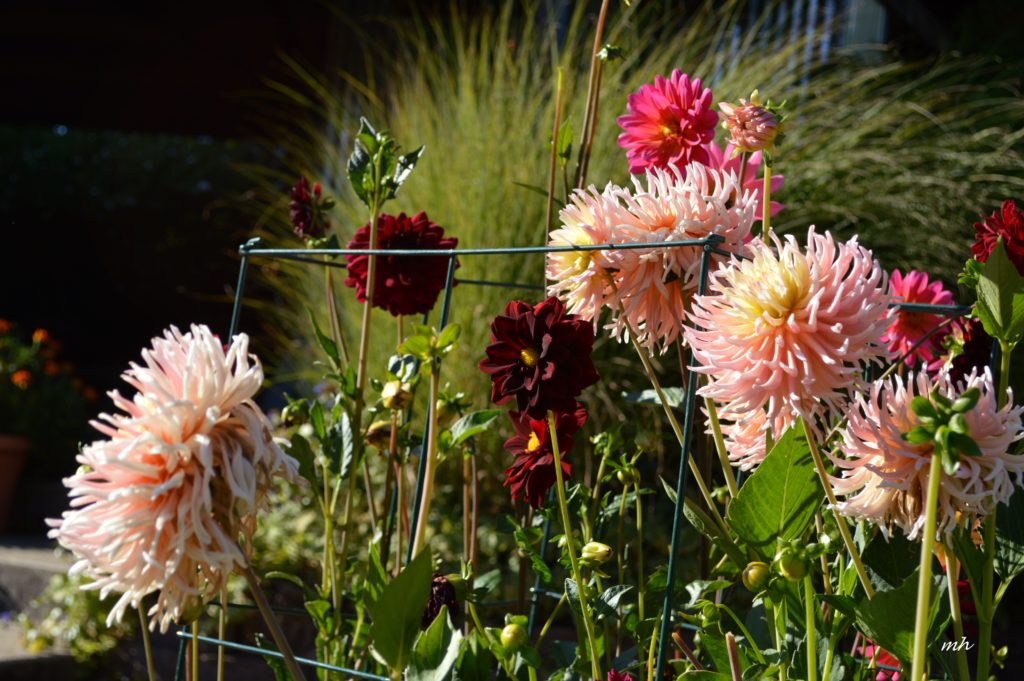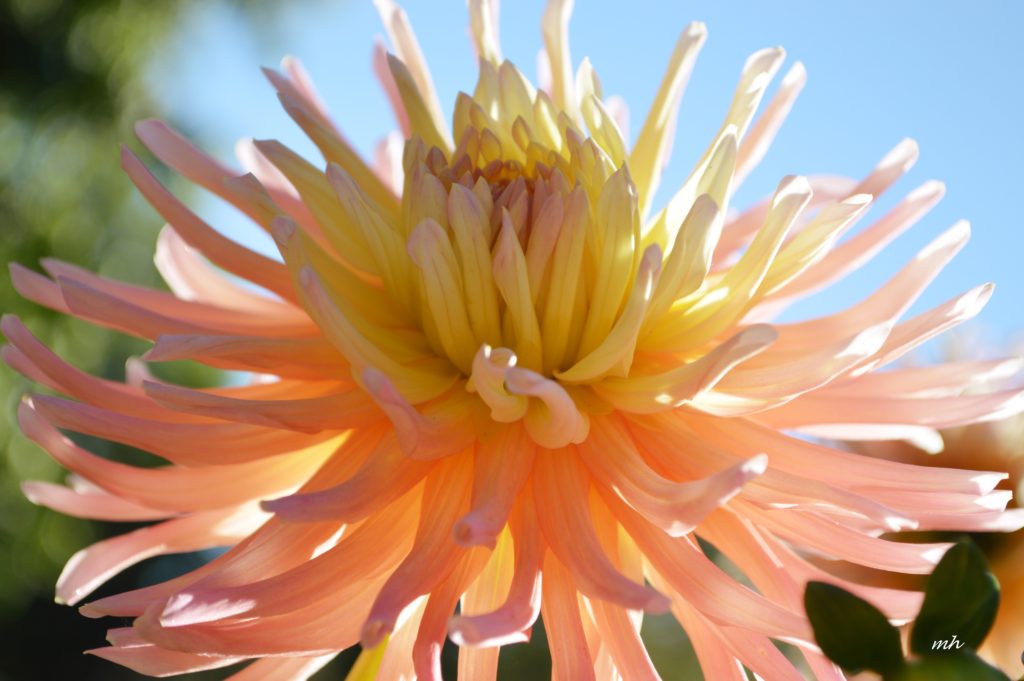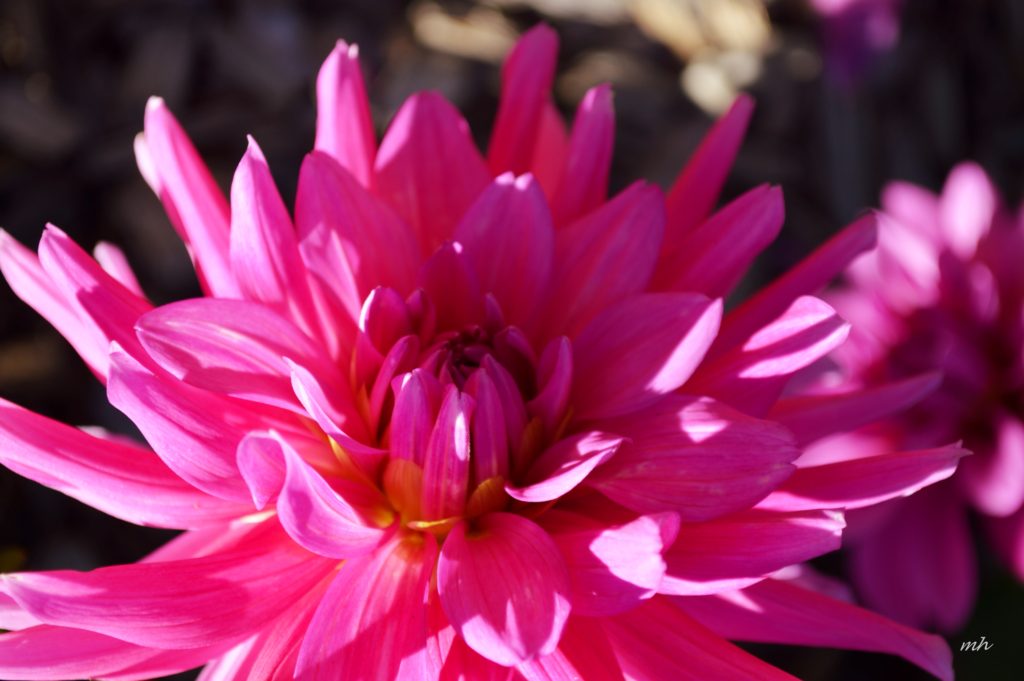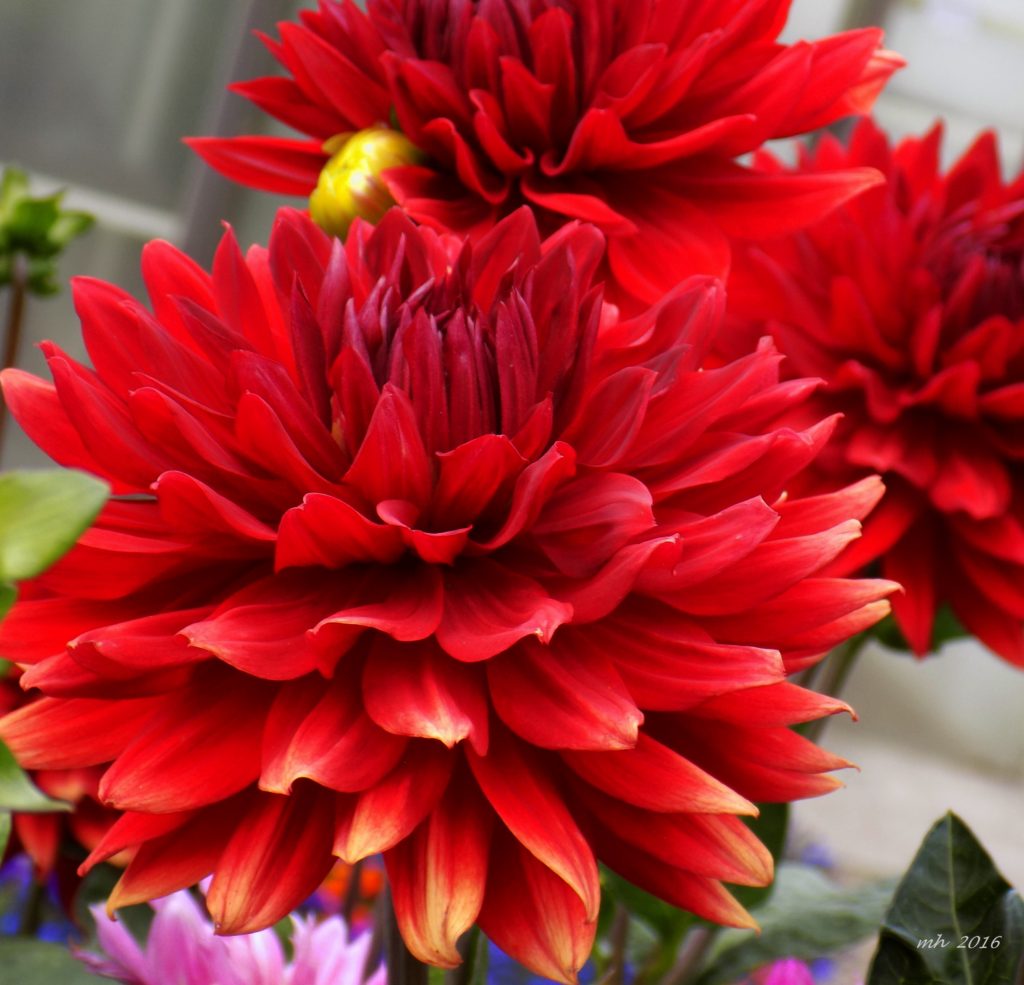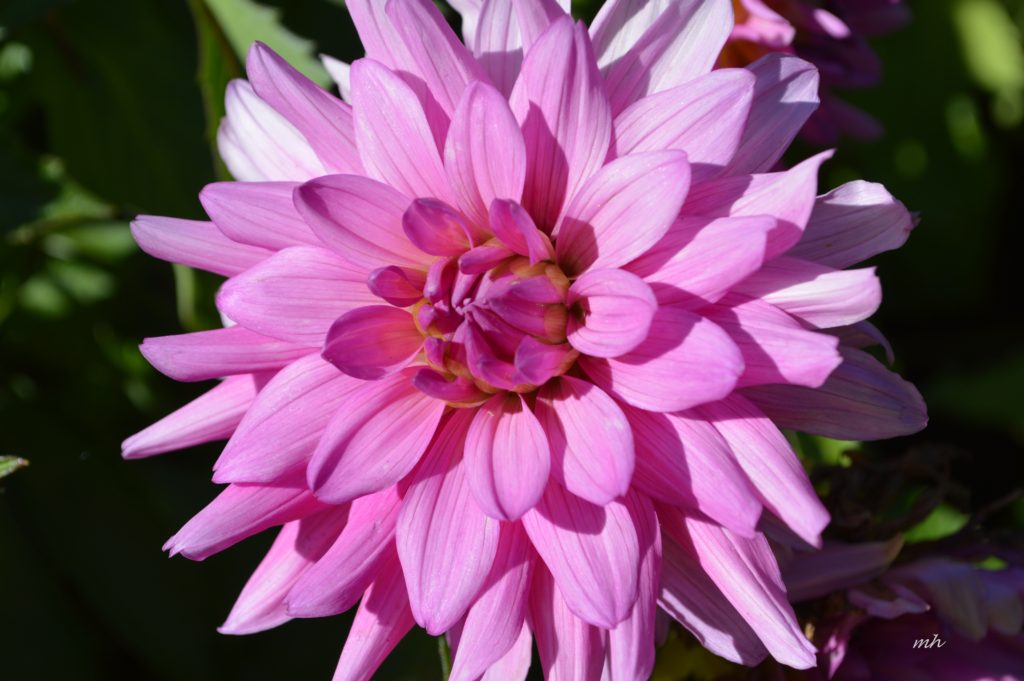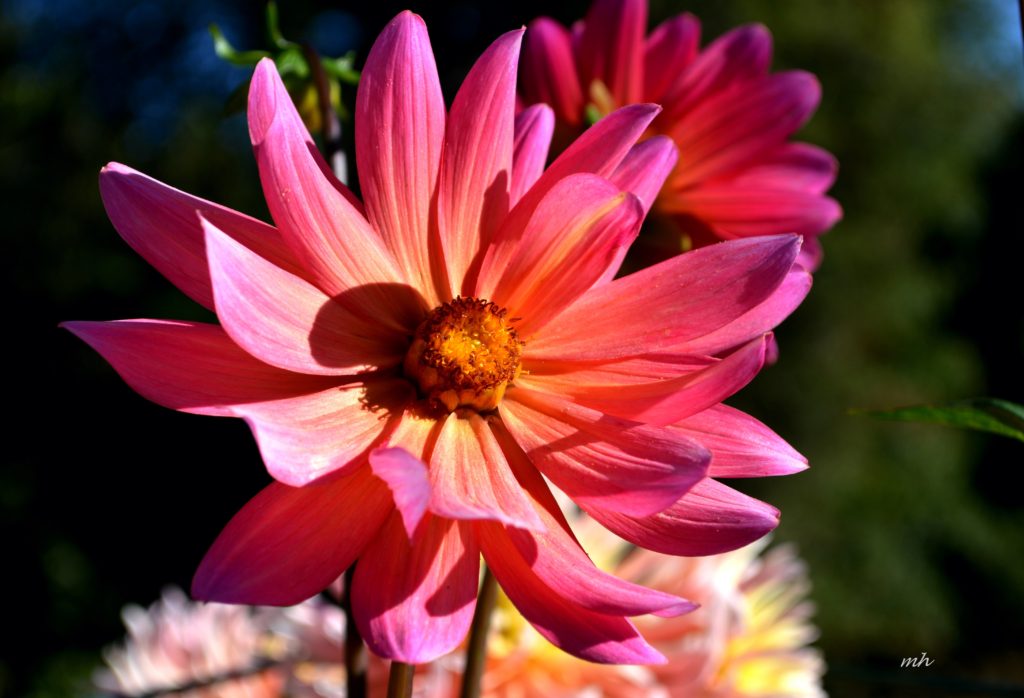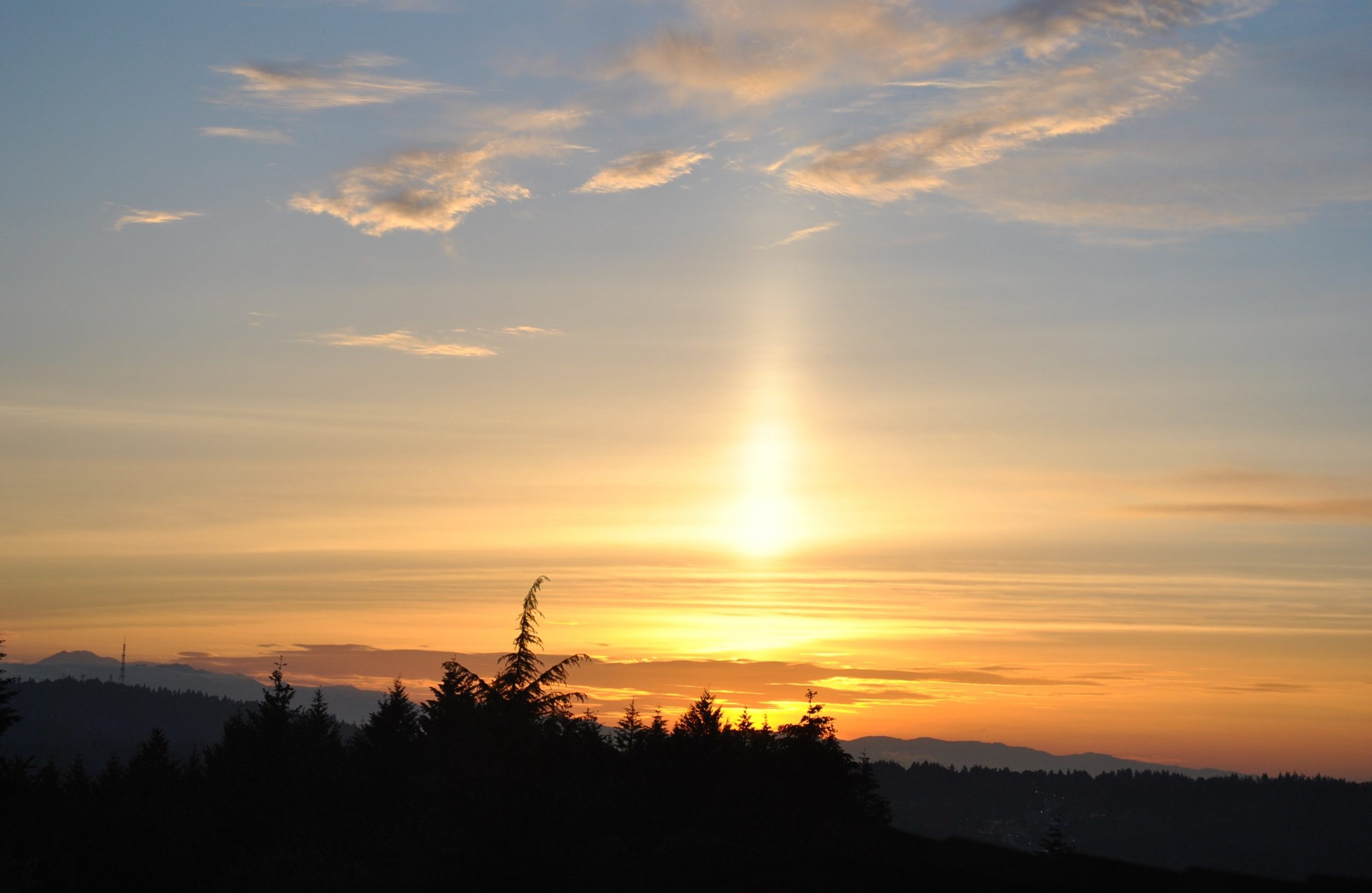Recent Pages: 1 2 3 4 4a 5 6 7 8 9 10 10a 10b 10c 10d 11 12 13 15 16 17 18
18a 19 20 21 22 23 24 25 26 26a 27 28 29 30 31 32 33 34
35 35a 36 37 38 39 40 41 42 43 44 45 46 47 48 49 50 51 52 53 54
55 56 57 58 59 60 61
Hoa Thược Dược
Thược dược là tên gọi của một chi cây lâu năm thân củ, nở hoa vào mùa hè và mùa thu, có nguồn gốc ở Mexico và tại đây chúng là quốc hoa (1963). Có 42 loài Thược dược, với các giống lai thường được trồng làm cây vườn. Hoa Thược dược là một trong những bông hoa truyền thống chủ yếu được Tây Ban Nha phổ biến, sau đó được nhân rộng trên toàn thế giới.
Trong số các loài hoa, Thược dược chỉ đứng thứ 2 sau hoa Mẫu đơn.
Thược dược là một loài hoa đẹp, Thược dược có tên khoa học là Dahlia variabilis Desf, thuộc họ cúc, hoa nhiều màu sắc.
Hoa Thược dược mang ý nghĩa biểu trưng cho một tình yêu trong sáng, thủy chung.

Thược dược là một giống thân cây rỗng, cao từ 30cm tới 2m.
Hoa thược dược được trồng theo nhiều cách như gieo hạt, trồng bằng củ, giâm cành… Trong đó, trồng bằng củ là cách trồng phổ biến nhất và dễ thực hiện nhất.
Thuộc giống sống lâu với những nơi có khí hậu ấm áp, những vùng khí hậu bốn mùa thì người ta đào củ rễ lên vào cuối thu, rửa sạch và cất vào một nơi thoáng mát không có ánh sáng mặt trời. Rễ của thược được có hình dạng tròn, dính chùm, mỗi củ cho ra một nhánh cây. Thược được rất đa dạng, vô số màu sắc nhưng tuyệt nhiên không bao giờ có màu xanh!

Hoa thược được bắt đầu cho hoa từ đầu tháng bảy đến tận cuối mùa thu, hoa chưa tàn thì các nụ mới đã mọc đầy, không ngừng nghĩ ngơi như các loài hoa khác, vì thế hoa Thược dược còn có ý nghĩa của sự biết ơn …



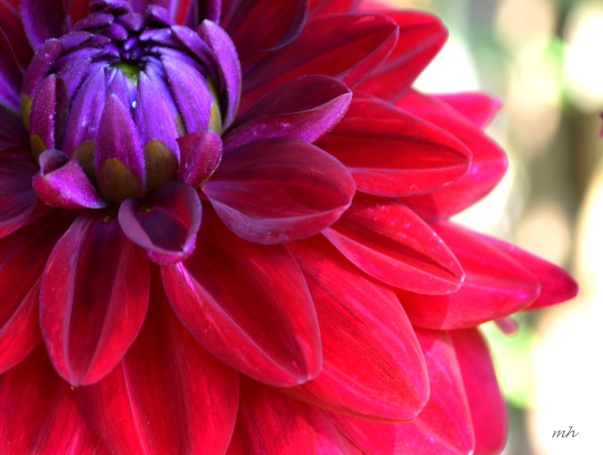

Các loại thược dược chính thức:
Thược dược xương rồng (Cactus Dahlias): cánh hoa cuộn tròn, dài ống và chỉa ra từng cánh nhọn, hoa to rất đẹp.
Thược dược tổ ong (Ponyron Dahlias): Đây là ngôi sao của việc tạo thành những bó hoa tuyệt đẹp, hoa dạng tròn rất đều đặn, cánh hoa tạo thành hình những tổ ong.
Thược dược búp tròn: Loại này có những cánh hoa uốn cong từ nhuỵ tới đài hoa, tạo ra dạng hình như một trái banh, cao từ 60cm đến 1m
Thược dược cánh dẹt. – Thược dược lai (Hybisty Dahlias): dạng hoa rất thường thấy có đường kính từ 20 đến 30cm
Thược dược nhỏ và thấp (Bedding Dahlias ): nhiều màu và sặc sỡ, chịu đựng thời tiết bất thuận, khỏe.
Thược được thích đất ẩm ướt, giàu phân bón nhưng tuyệt đối kỵ dầm chân lâu trong nước đọng, vì rể rất dễ bị hư rữa.
Cây thược dược có thể để tiếp xúc với ánh sáng hoàn toàn 100%.
Hoa Thược dược dễ bị tấn công bởi sên ăn lá, sâu cuốn lá và có thể bị nấm lây lan. Bệnh đốm lá cũng thường phát sinh vào mùa mưa, trên lá thường xuất hiện những chấm vàng rồi lan ra thành đốm nâu tròn. Các bạn có thể dùng nước Boocđô 0.5% hoặc Zineb 0.1 % để phòng trừ. Với bệnh thối rễ thì chủ yếu do đất tích nhiều nước. Sau khi bị bệnh thối rễ các bạn có thể dùng rượu 60 độ rữa sạch rồi trồng lại.

Ý nghĩa:
Thược dược đỏ : tình yêu của người là hạnh phúc của tôi
Thược dược trắng mang ý nghĩa : tôi bắt đầu yêu bạn
Thược dược hồng mang ý nghĩa : sẽ yêu bạn mãi mãi
Thược dược vàng mang ý nghĩa : mang nhiều hạnh phúc
Thược dược nhiều màu mang ý nghĩa : Tôi chỉ nghĩ về người tôi yêu
Thược dược được tôn xưng “hoa tướng”
Trong các loài hoa, mẫu đơn đứng đầu, thược dược đứng thứ hai. Mẫu đơn được tôn xưng là “hoa vương”, thược dược được coi là “hoa tướng”. Danh y Lý Thời Trân của Trung Quốc cũng đánh giá như vậy khi nói về tác dụng chữa bệnh của hai loài hoa này.
Tuy chỉ là “hoa tướng” nhưng thược dược lại thành danh sớm hơn mẫu đơn. Tương truyền từ 3.000 năm trước, vào thời Tam Đại, thược dược đã được trồng để thưởng ngoạn ở rất nhiều nơi trong khi người ta còn chưa biết đến hoa mẫu đơn. Khi mới phát hiện ra mẫu đơn, người ta tưởng đó chỉ là một loài thược dược, nên đã gọi nó là “mộc thược dược”. Hai hoa này nhìn thoáng qua rất giống nhau nên người xưa thường gọi là hai chị em.
Về sau, người ta phát hiện mẫu đơn và thược dược tuy cùng họ nhưng là hai cây khác nhau. Thược dược là loài thân thảo, còn mẫu đơn là cây thân gỗ. Thược dược được xếp vào nhóm thuốc bổ huyết, sử dụng chủ yếu để bồi dưỡng cơ thể; còn mẫu đơn thuộc nhóm thanh nhiệt lương huyết, chủ yếu dùng khi cơ thể đã mắc bệnh.

The Easy Way to Fantastic Dahlias Flowers
Dahlias are a little like roses or hostas. Most gardeners can’t grow just one. Once you grow a Dahlia, you want more.
To begin with, Dahlias are inexpensive. There are very few flowering plants that cost just a few dollars and give you a big bush-like plant with constant big blooms all summer and fall. Remember, Dahlias range from the miniatures, just a few inches tall, to the huge-flowered “Dinnerplates” — the wonderful big glossy-leaved plants that grow up to five feet and bloom with flowers 10 or 12 inches across. Whatever Dahlias you choose to plant, the process is the same. And here, we’ll spell it out step by step.

The thousands of dahlias we see today are all hybrids from one ragged wildflower that’s native to Mexico. The Dutch hybridizers got their hands on it years ago, and were thrilled at how easily it took to various crosses, changes and “improvements.” Today there are cactus-flowered dahlias, water-lily dahlias, peony-flowered dahlias, daisy dahlias — the parade is endless, and with new color combinations every year. Most of the larger ones, officially called “Decorative” Dahlias, are bi-colors or tri-colors, in an ongoing parade of color and form.
Classification
 Since 1789 when Cavanilles first flowered the dahlia in Europe, there has been an ongoing effort by many growers, botanists and taxonomists, to determine the development of the dahlia to modern times. At least 85 species have been reported: approximately 25 of these were first reported from the wild, the remainder appeared in gardens in Europe. They were considered hybrids, the results of crossing between previously reported species, or developed from the seeds sent by Humboldt from Mexico in 1805, or perhaps from some other undocumented seeds that had found their way to Europe. Several of these were soon discovered to be identical with earlier reported species, but the greatest number are new varieties. Morphological variation is highly pronounced in the dahlia. William John Cooper Lawrence, who hybridized hundreds of families of dahlias in the 1920s, stated: “I have not yet seen any two plants in the families I have raised which were not to be distinguished one from the other. Constant reclassification of the 85 reported species has resulted in a considerably smaller number of distinct species, as there is a great deal of disagreement today between systematists over classification.
Since 1789 when Cavanilles first flowered the dahlia in Europe, there has been an ongoing effort by many growers, botanists and taxonomists, to determine the development of the dahlia to modern times. At least 85 species have been reported: approximately 25 of these were first reported from the wild, the remainder appeared in gardens in Europe. They were considered hybrids, the results of crossing between previously reported species, or developed from the seeds sent by Humboldt from Mexico in 1805, or perhaps from some other undocumented seeds that had found their way to Europe. Several of these were soon discovered to be identical with earlier reported species, but the greatest number are new varieties. Morphological variation is highly pronounced in the dahlia. William John Cooper Lawrence, who hybridized hundreds of families of dahlias in the 1920s, stated: “I have not yet seen any two plants in the families I have raised which were not to be distinguished one from the other. Constant reclassification of the 85 reported species has resulted in a considerably smaller number of distinct species, as there is a great deal of disagreement today between systematists over classification.
In 1829, all species growing in Europe were reclassified under an all-encompassing name of D. variabilis, Desf., though this is not an accepted name. Through the interspecies cross of the Humboldt seeds and the Cavanilles species, 22 new species were reported by that year, all of which had been classified in different ways by several different taxonomists, creating considerable confusion as to which species was which.
In 1830 William Smith suggested that all dahlia species could be divided into two groups for color, red-tinged and purple-tinged. In investigating this idea Lawrence determined that with the exception of D. variabilis, all dahlia species may be assigned to one of two groups for flower-colour: Group I (ivory-magenta) or Group II (yellow-orange-scarlet).
Circumscription
The genus Dahlia is situated in the Asteroideae subfamily of the Asteraceae, in the Coreopsideae tribe. Within that tribe it is the second largest genus, after Coreopsis, and appears as a well defined clade within the Coreopsideae.
Tubers, Not Bulbs
Even though they’re often called bulbs, the roots of Dahlias are actually tubers (as in tuberous begonia). Dahlia tubers look a lot like a bunch of brown carrots, and the stems sprout directly from the tubers — the little budding sprouts that end up as thick strong stems are called “eyes.”
Soil Prep, Food and Fertilizer
Dahlias respond dramatically to feeding. After all, they are making these fat potato-like roots, and the more food they get, the more root mass they’ll make. This not only increases your growth of leaves and flowers, it also increases your tuber clump for an even bigger show the following summer.
So be sure to dig your holes deep and work the soil all around. Enrich the soil with compost or well-rotted manure, and then work in a good 5-10-15 or 5-10-10 fertilizer according to the instructions. With a well-prepared soil bed, your Dahlias will create beautiful growth very quickly.
Spacing and Planting
Once you have your tubers, it’s important to space them correctly. If you’re planting a big Dinnerplate Dahlia, it needs room. When grown (and that’s quickly) it’ll be the size of a large rose bush, so plan accordingly. Follow the instructions on your package, but in general, dig the hole in full sun in “good garden soil’ near a water source, and place the tuber in with the “bunch of carrots’ points down. Simply firm the soil around and over the clump, water well and you’re done.
Staking
If you’re growing big dahlia plants, staking will be important. The beautiful foliage grows on somewhat brittle stems, and often heavy rain, wind or even the weight of the flowers once they’re open can break the plant. You don’t want that to happen, especially when it’s coming into bloom, so set one or two stout stakes beside each tuber after you plant them, and have the twine or “twist-ems’ ready to support the stems as they grow. Don’t ignore this instruction. Believe me, it’s worth it. With a little effort, the stakes will be completely hidden by the leaves, but your plant is going to need them.
Disbudding
You’ll read about this in most gardening books, and it applies to two things about dahlias. Some experts suggest removing the first buds which helps the plant into better form. But who can do that and delay your first bloom? It isn’t really necessary.
The second definition refers only to the dinnerplates, and then only if you are growing for competition in flower shows. It amounts to this: Like many flowers, dahlias set buds with one large one at the tip of a growing stem, and then smaller buds to the left and right of the tip, usually called lateral buds. Disbudding involves removing all but the terminal bud while the buds are small, obviously throwing all the growth into the one remaining bud. It does make that flower bigger that big, but most gardeners aren’t growing their dahlias for flower shows, so most people don’t do it.

Pests
Dahlias are surprisingly free of most pests. Most years I’ve grown them, I’ve needed no spray or other insecticide. But they can be a magnet for slugs. Be ready with slug bait, and watch for them. They can do lots of damage in no time.
One year, Japanese beetles from nearby roses discovered my dahlias, and that had to be handled. They can obliterate not only the leaves, but the dahlia flowers, too. So be watchful, and keep the plants pest free.
Saving the Tubers in Fall
If you grow your dahlias in a hard-frost area, as I’ve done, there will be that morning in late fall when you walk out to your plants and find them pitifully blackened and dead. Remember, the dahlias is really a tropical plant, so when frost hits them, it kills them instantly.
When it happens, here’s all you have to do. It’s really easy: Pull up the plants, chop off the stems a few inches above the tuber, wash off the dirt, and set the tubers in the fall sun to dry. You’ll be amazed that many of your tubers will be two or three times the size they were when you planted them….which means all the more to plant next spring!
One important note: Be sure to LABEL them with color or type, or you’ll have no idea next spring. They all look alike. It always amazes me that such an ugly mass of roots will be giving me such beauty again next spring!
Once they’re dry, simply put them in some sawdust or peat moss, and toss them in a big paper bag (no plastic!). Then store them in a cool non-freezing spot in the cellar or garage until next spring. At that time, you may want to divide them, keeping at least 3 eyes per clump, or plant the great big clumps for great big growth.
The Twelve Official Divisions of Dahlias.
If you’re the type gardener who likes detail and “official’ information, here it is. Like everything else, there are correct names and categories for all dahlia hybrids. The Netherland Flower Bulb Information Center lists the official divisions. The big Dinner plates are in Division 5, and the trend is toward shorter plants with more and more colorful blooms. (See the latest types at the bottom of the list.)
It’s interesting that the tubers of the 5-foot plants in Division 5 and 8 are not that much bigger than those for the bedding dahlias that grow only about 18′ tall. All dahlia roots look about the same; all have the brown, swollen-carrot look. Once they’re out of the ground and the tops are cut off, it’s hard to tell the various types apart.
- Single-flowering Dahlias: These are some of the oldest types, rarely seen today, and look much like a large daisy or cosmos. Plants grow 16-24′ tall.
- Anemone-flowering Dahlias: These are the beautiful ones with one or more rings of florets, but not really ‘double.’ The central group of petals is tubular. Height: 24 to 48 in.
- Collarette Dahlias: This group is also daisy-like, but the other ring of petals is flat, while the inner ring is ruffled, creating the ‘collar.’ These are mid-sized dahlias, on mid-size plants, only 30 to 48 in. tall.
- Water-lily Dahlias: These are some of the most beautiful. Like the name implies, the large flowers resemble the spectacular bloom of a waterlily. Flowers are fully double, but still flattened in shape — really magnificent. Up to 48 in.
- Decorative Dahlias: These are the big ones. This group includes the “Dinnerplate Dahlias’, while that name is not an official one. Flowers are fully double and the plants are tall. Flower size is the largest, up to 12 inches across. Plants grow up to 60′ (5 feet) tall. There is still plenty of work being done on this group of giants. Most of the older hybrids are solid color, with famous names like ‘Thomas Edison,’ (a famous dark red from 1906), Kelvin Floodlight, (the famous pure yellow) and Otto’s Thrill (an unmatched classic pink). Many of the newer ones are bi-colored or tri-colored with names like Caribbean Fantasy and Explosion. There also new ones being hybridized by the Japanese, with names like ‘Kogana Fubuki.’
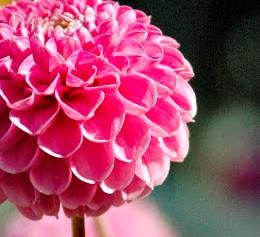
- Ball Dahlias The flowers for these are rounded, like a ball. They resemble some larger double zinnias, but with the richer dahliacolors and texture. Loaded with petals, these flowers are mid-sized on plants to 48 in.
- Pom Pom Dahlias: These popular dahlias are also ball-shaped, usually perfectly round. They have smaller flowers than the ‘Ball Dahlias’. 32-48 in. tall.

- Cactus Dahlias: These are unique, and carry blooms very similar to cactus flowers. That means they’re fully double, and have tubular petals that are pointed, giving a starburst appearance. This group includes some spectacular color combinations. Big plants, to 60 in. tall.
- Semi-Cactus Dahlias: This group is similar to the above, but the petals are not completely ‘Involute’ (tubular) and pointed.
- Peony-flowering Dahlias: The name says it all. These dahlias imitate the fully double, fluffy look of a peony. 35′ plants.

- Mignon Dahlias: These are the small “bedding dahlias’ with single or semi-double daisy flowers in striking colors. They are often sold in 6-packs with other annuals in the spring. Flowers are only 3-4 in. wide, and plants are only about 28′ tall or less, making them great for planters, patio pots and window-boxes.
- Topmix Dahlias: More small bedding dahlias like the Mignons above. Roughly the same size, perhaps a bit smaller. These small bedding plants are more popular every year.
Source: americanmeadows.com

